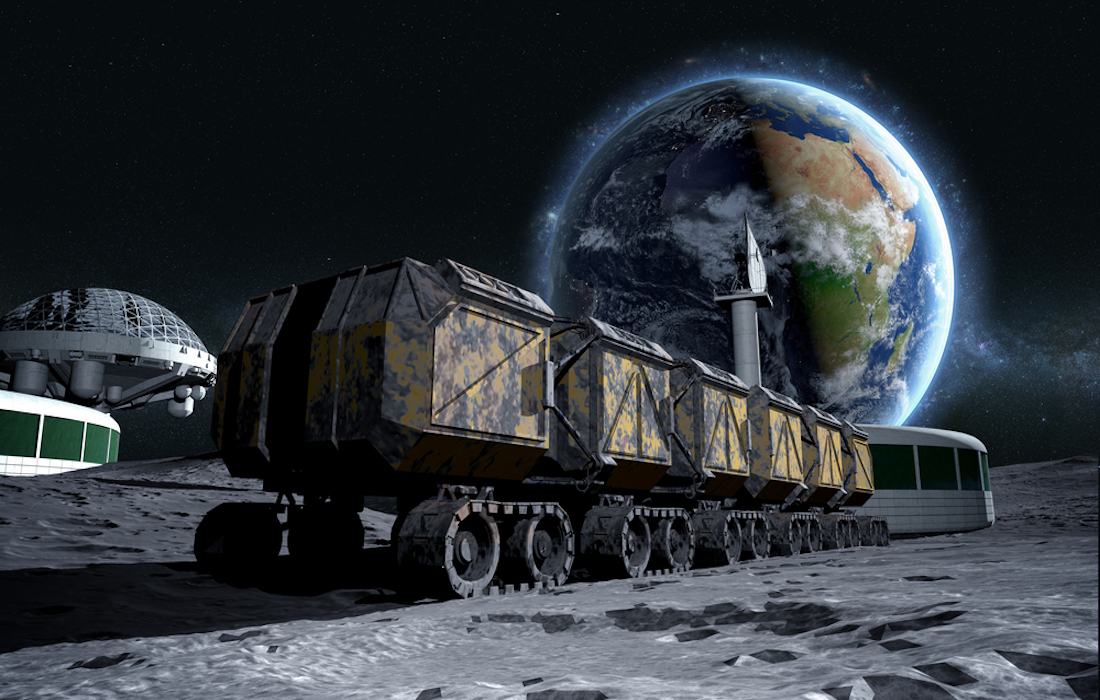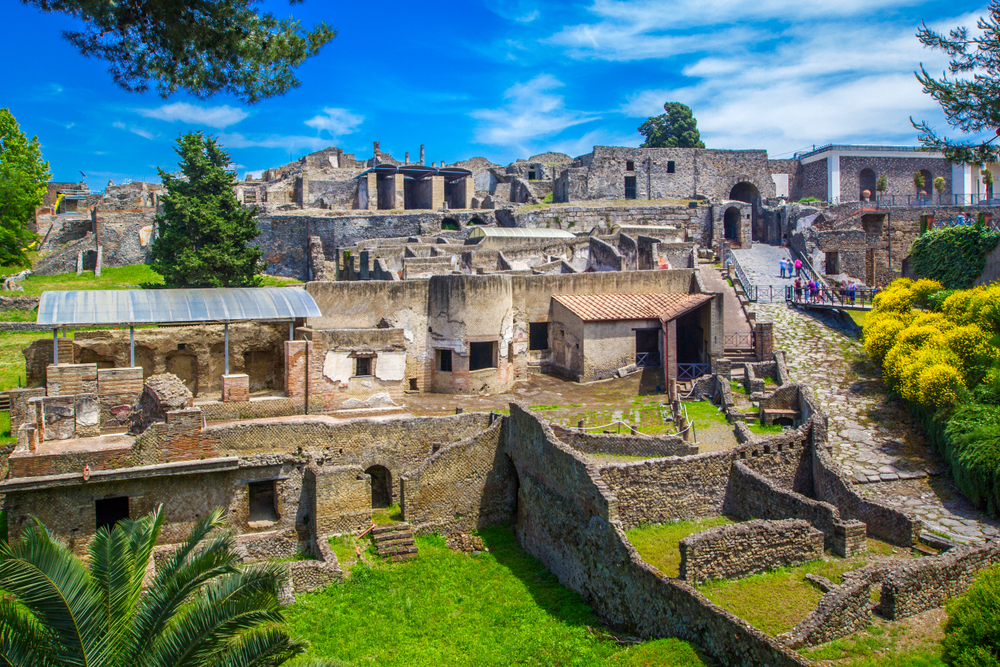On 20th July 1969, the history was created when astronauts aboard lunar Module Eagle became the first people to land on the moon’s surface. Mankind took its first lunar steps after six hours.
But few decades prior to that monumental moment, researchers at the United States space agency NASA were already looking towards the creation of a space vehicle that would enable astronauts explore what most people assumed would be a vast and challenging landscape. Initial studies for the lunar rover had been well underway since the 1950. In 1964 article published in Popular Science, Werner von Braun, NASA’s Marshall Space Flight Center director, gave preliminary information on how such a vehicle would work.
In 1964 article published in Popular Science, Werner von Braun predicted that “even before the first astronauts set foot on the moon, a small, fully automatic roving vehicle may have explored the immediate surrounding of the landing site of its unmanned carrier spacecraft” and that the vehicle would be “remotely controlled by an armchair driver back on earth, who sees the lunar landscape roll past on a TV screen as he was looking through the windshield of car.”

Overview of Lunar Rover
Here is an overview of what went into the final design of the rover. It featured a mobility system which included wheels, traction drive, suspension, steering and drive control. This could enable the rover run over obstacles up to 12 inches high and 28-inch diameter craters. The Lunar Rover’s tyre featured a distinct traction pattern that prevented them from sinking into the soft soil of the moon and were supported by springs to relieve most of its weight. This helped rover to simulate the moon’s weak gravity. In addition to these features, a thermal protection system that dissipated heat was included too that helped to protect rover’s equipment from temperature extremes on the moon.
The lunar rover’s front and rear steering motors were controlled using a T-shaped controller positioned directly in the front of the two seats of the lunar rover. A control panel and a display with switches for power, steering, drive power and drive were also provided. The switches allowed the astronauts to select their source of power for these various functions. The rover came equipped with a television camera for communications, a radio-communications system, and telemetry. This could be used to send data and report observations to team members on Earth.
The lunar rover’s operation during the Apollo 15 mission was a major reason the trip was taken as a huge success. Let’s take an example –Dave Scott, an astronaut, quickly figured out on the first trip that the front steering mechanism wasn’t working but that the vehicle could still be driven without any hassle – thanks to rear-wheel steering. The crew was eventually able to fix the problem and complete their three planned trips to collect soil and rock samples and take photos.









